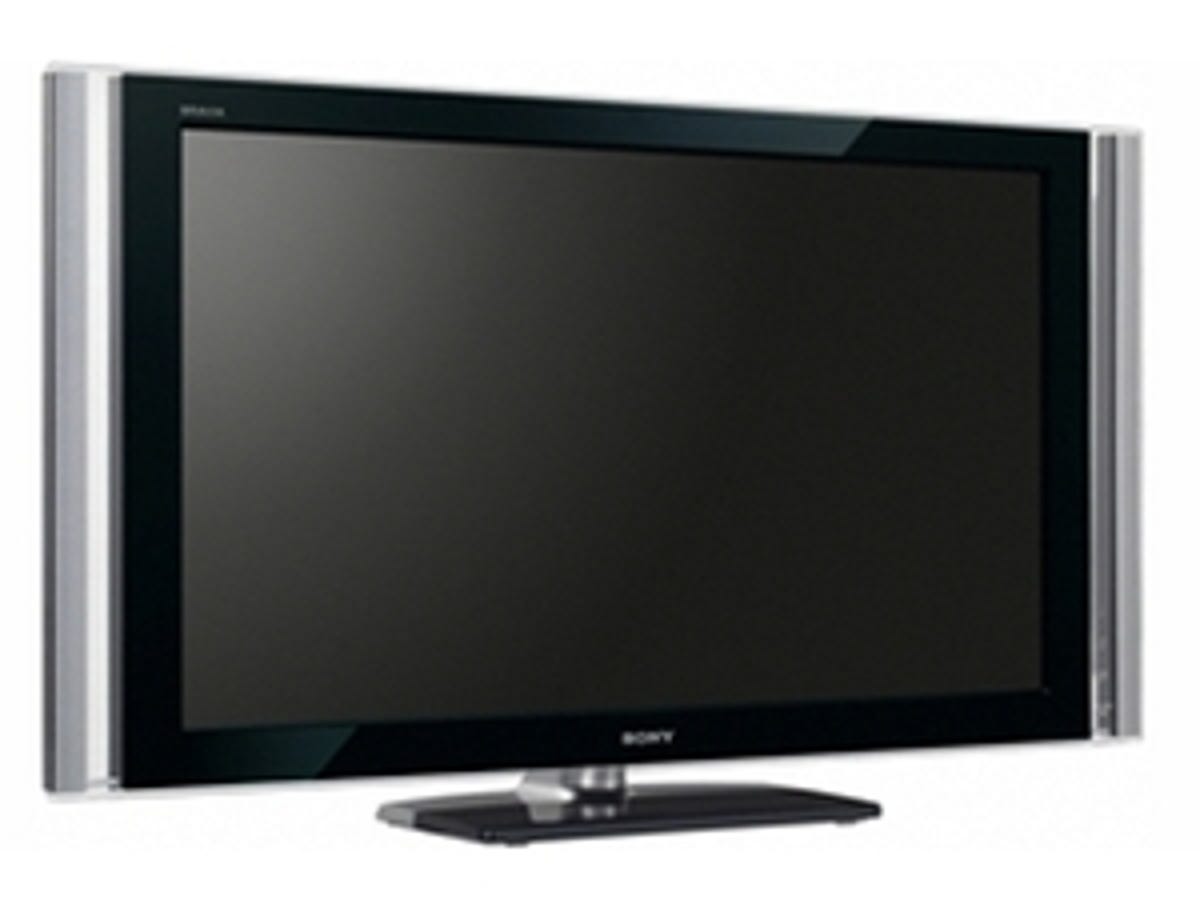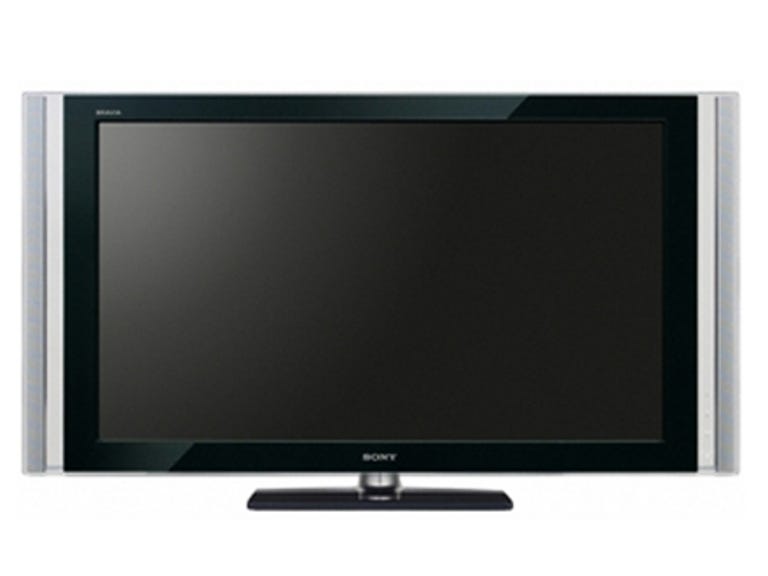 Why You Can Trust CNET
Why You Can Trust CNET Sony Bravia X4500 (KDL-46X4500) review: Sony Bravia X4500 (KDL-46X4500)
The 46-inch, 1080p, LED-backlit Bravia KDL-46X4500 LCD TV produces, on occasions, the best pictures we've seen on a flat TV from Sony. It's also attractive, well-connected and far cheaper than sets that use the same technology, although it'll still dent your wallet. This is an imperious TV
Sony's been pushing its 200Hz Bravia Z4500 and Z5500 TVs so hard that its X4500 series has rather slipped under the radar. That's a pity because, with their use of direct LED backlighting with RGB dimming, they're just as innovative. What's more, on the evidence of the 1080p, 46-inch Bravia KDL-46X4500 LCD TV, available for around £2,700, they're also rather good.
The Good
The Bad
The Bottom Line
LED backlights
In case you hadn't noticed, not all LCD TVs with LED backlights are the same. You can use LEDs to light a TV in two ways. The first is by placing the array of LED lights directly behind the screen. The second is by arranging the LED lights around the TV frame, so they beam light across the back of the screen that's then reflected out towards the viewer. While the edge-based approach can lead to spectacularly slim TVs and lower running costs, traditional wisdom has it that the direct, rear-mounted LED approach delivers the best picture quality.
If you then use an RGB dimming system for your direct LEDs, rather than the more common -- and far cheaper -- white dimming system, you should be able to boost performance even further, especially when it comes to colour reproduction.
The fact that Sony's KDL-46X4500 uses both direct LED backlighting and RGB dimming thus raises huge hopes for its performance quality. Those hopes are further supported by its 1080p resolution and huge 1,000,000:1 claimed contrast ratio -- enough to make normal LCD TVs weep.

Contributing considerably to this claimed contrast ratio is the set's local dimming system, whereby the screen can adjust the brightness of separate sections of its LED array individually. This means that, unlike ordinary LCD TVs, which have just a single light source, the KDL-46X4500 can turn some of its lights off nearly completely in dark parts of the picture at the same time as it leaves the lights on maximum in bright parts of the picture.
In other words, the KDL-46X4500 should be able to deliver pictures with much more contrast range and dynamism than ordinary LCD TVs.
The KDL-46X4500's connections are also good, including a very respectable four HDMI sockets, a USB port for multimedia file playback, and even an Ethernet jack for accessing files on a DLNA-certified PC. You can't also use this Ethernet port to access Sony's AppliCast online functionality, but this is no great loss given how basic AppliCast is at the moment.
The only cause for concern on the KDL-46X4500's spec sheet is the Bravia Engine 2 video processing. This is last year's system -- most of Sony's 2009 TVs sport Bravia Engine 3.
Magnificent pictures
Initially, the KDL-46X4500's pictures didn't excite us as much as we expected them to. Some colours -- especially rich reds and greens -- looked slightly forced, and video noise levels were distractingly high.
Careful time spent in the picture-adjustment menus soon saw off most of our concerns, though. Afterwards, we were faced with pictures that were, at times, nothing short of magnificent.
The screen's black-level response, for instance, was excellent, delivering rich black colours largely devoid of the grey clouding phenomenon so common on ordinary LCD TVs. The local dimming capability of the direct LED lighting array helps these rich blacks appear right alongside crisp, exceptionally pure whites, as well as all manner of vibrant colours.
High-definition images looked almost scarily sharp and detailed, and this clarity was hardly hamstrung at all by the motion blur and judder commonly found on LCD TVs. The Motionflow processing that makes this possible can generate an unwanted shimmer or flicker side effect from time to time, but, provided you leave it set to 'clear', these moments are rare enough as to be almost insignificant.
Even RGB dimming and direct LED lighting can't get you perfection, though. For instance, no matter how long we spent calibrating the settings, we couldn't get green tones to look entirely natural. That's possibly a result of the colour range that the TV can produce actually being wider than the colour range of normal video standards.
Also, the picture wasn't as bright once it was correctly calibrated as we'd expect to see with a normal LCD TV. Finally, the Bravia Engine 2 processing didn't do quite such a clean, natural job of upscaling standard-definition images to the screen's 1080p resolution as Bravia Engine 3 does.
Still, with some fair to middling sound quality to keep the often terrific pictures company, there's no doubt that the KDL-46X4500 is a deeply impressive chunk of TV tech. In fact, it might even have managed to justify its £2,700 price tag were it not for one tiny problem: the existence of Samsung's UE46B8000. That 46-inch, LED-edge-lit TV produces comparable picture quality -- its colours are slightly better, in fact -- for about £900 less. And it looks better into the bargain. Ouch.
Conclusion
If considered in isolation, Sony's Bravia KDL-46X4500 is an excellent, sometimes imperious, TV, suggesting again that LED backlighting really is the quality option for LCD technology. It's just a pity for Sony that Samsung's current LED sets perform well enough to make the need for expensive RGB dimming seem questionable, while also being vastly cheaper.
Edited by Charles Kloet
